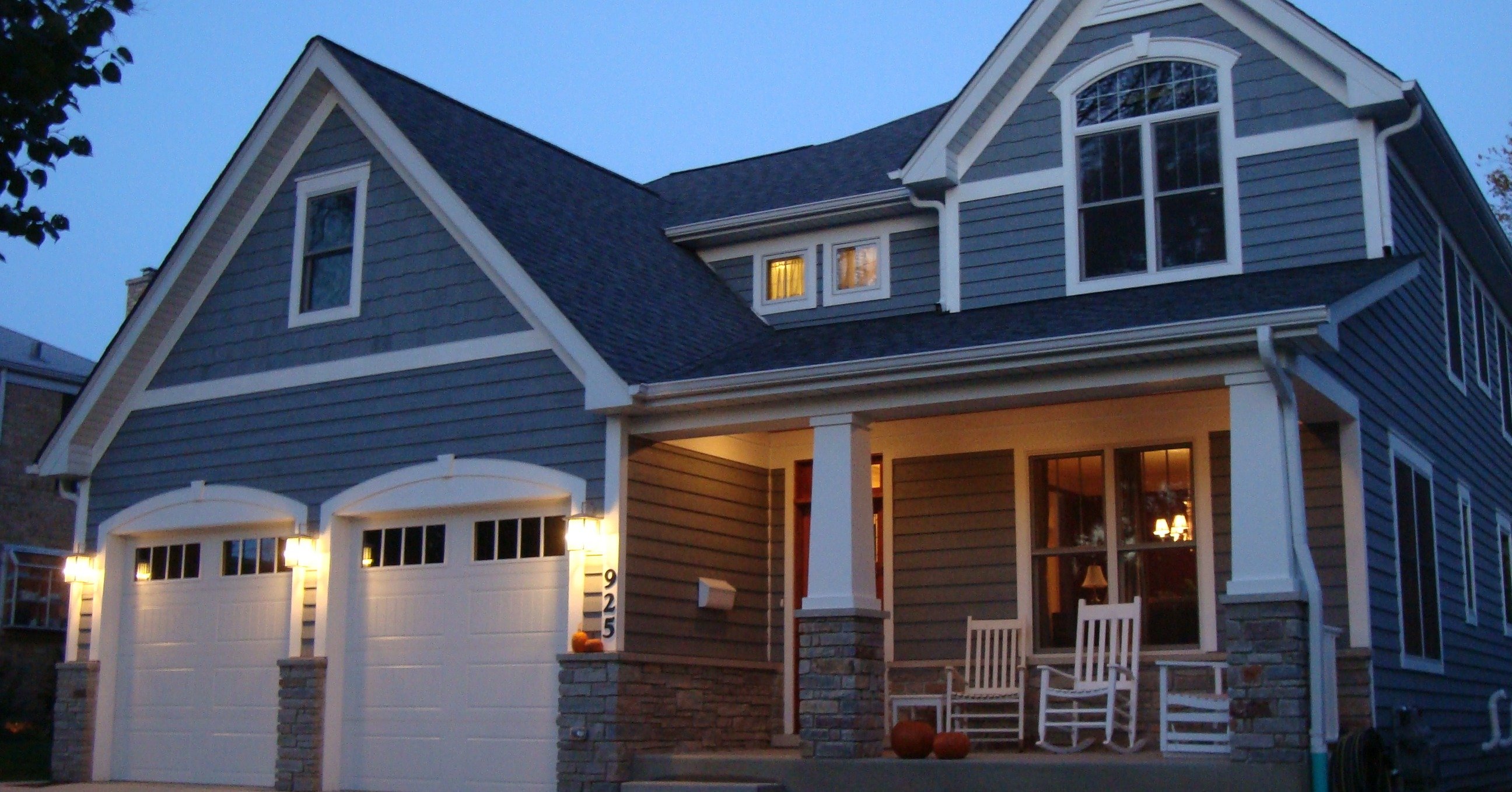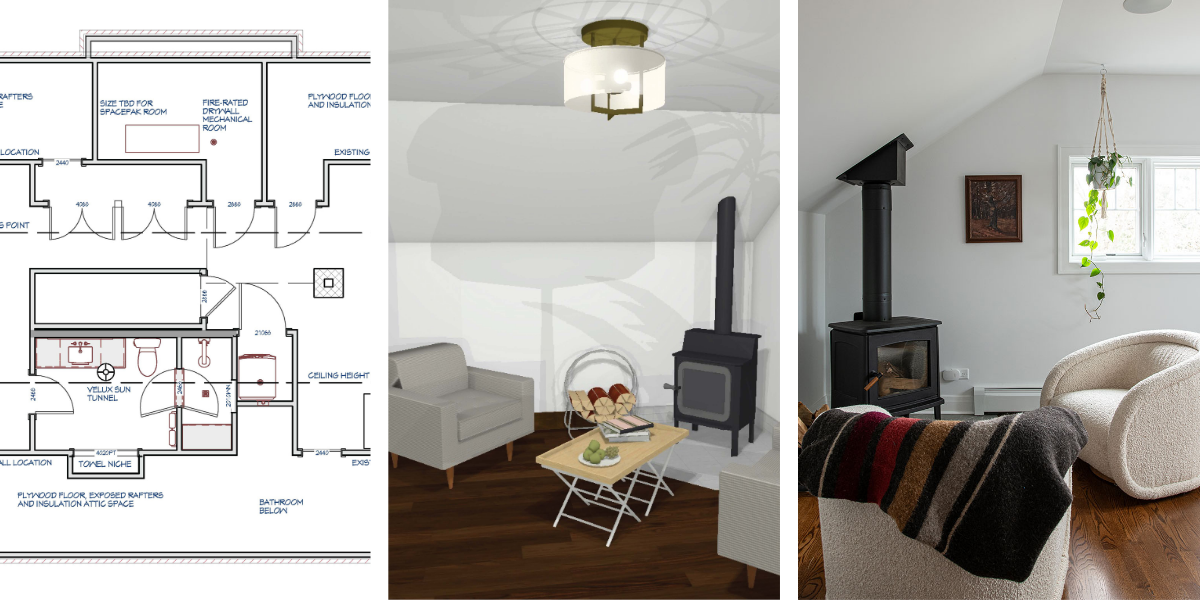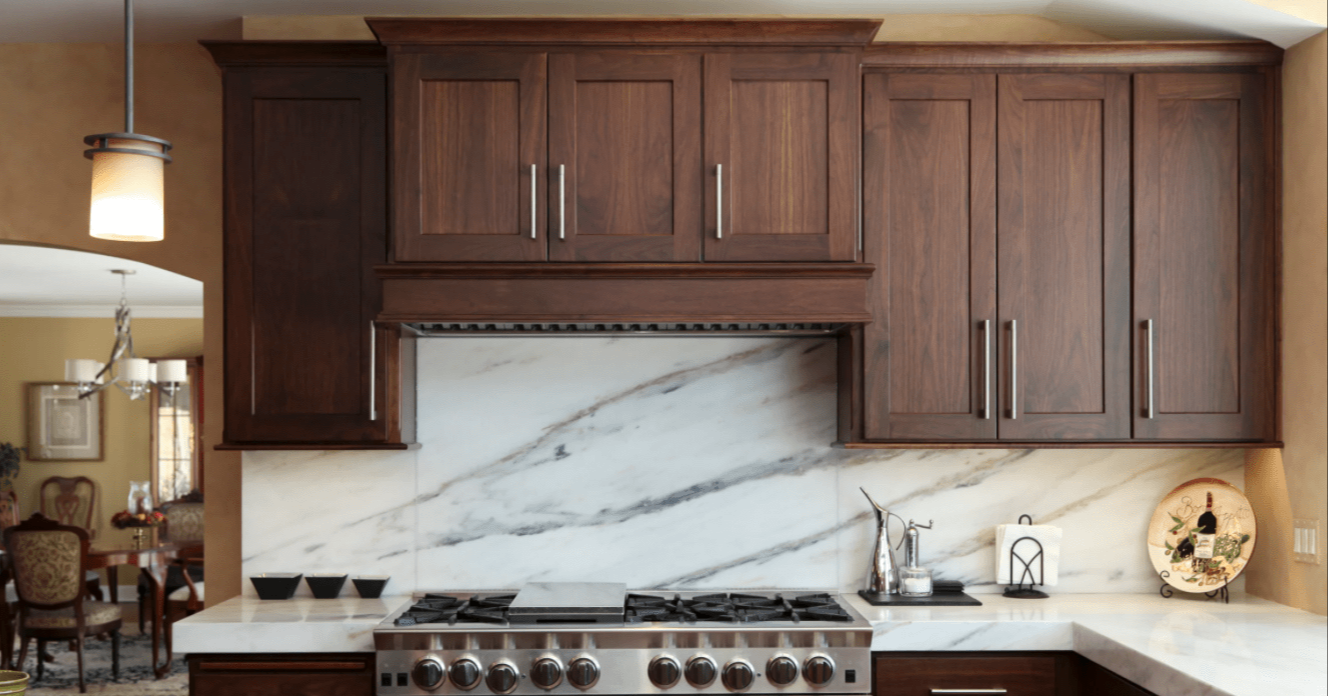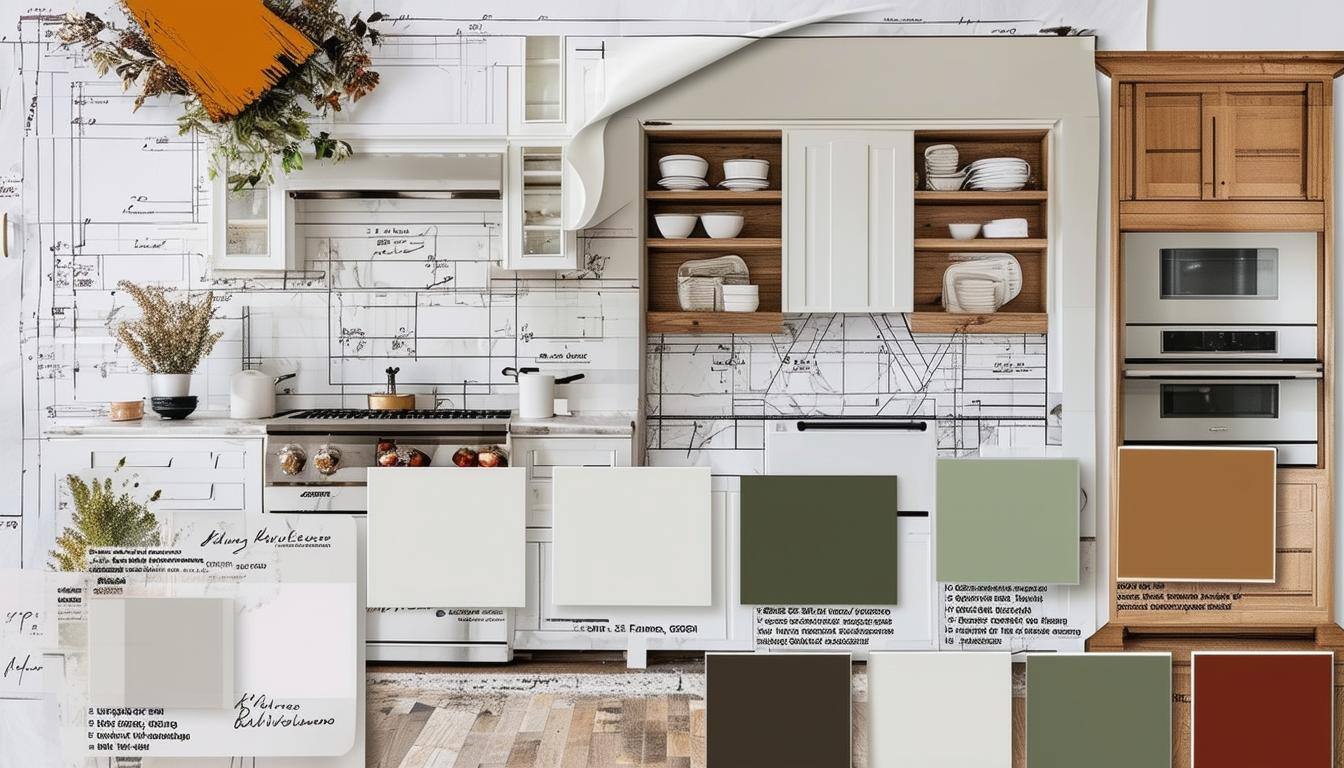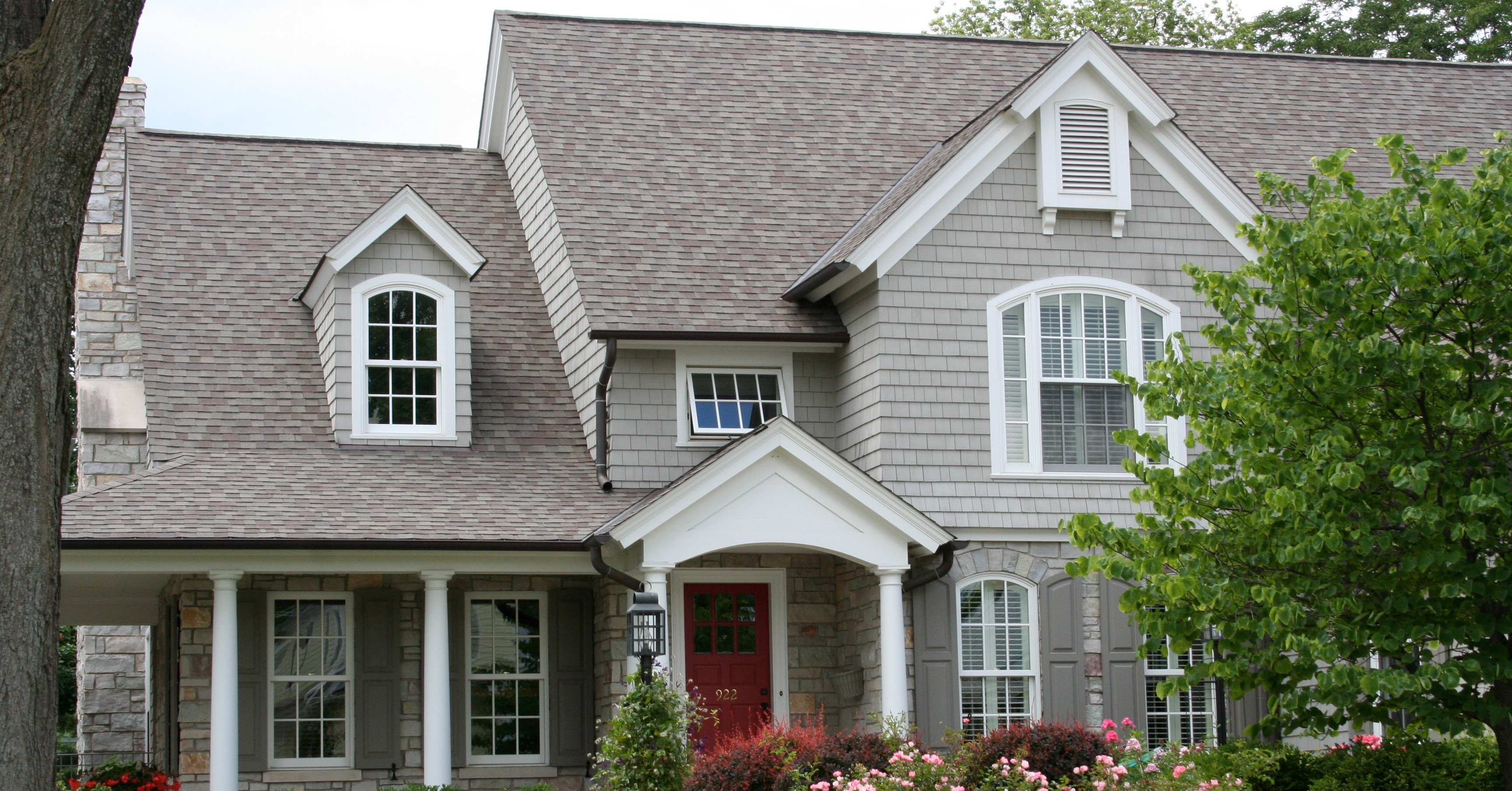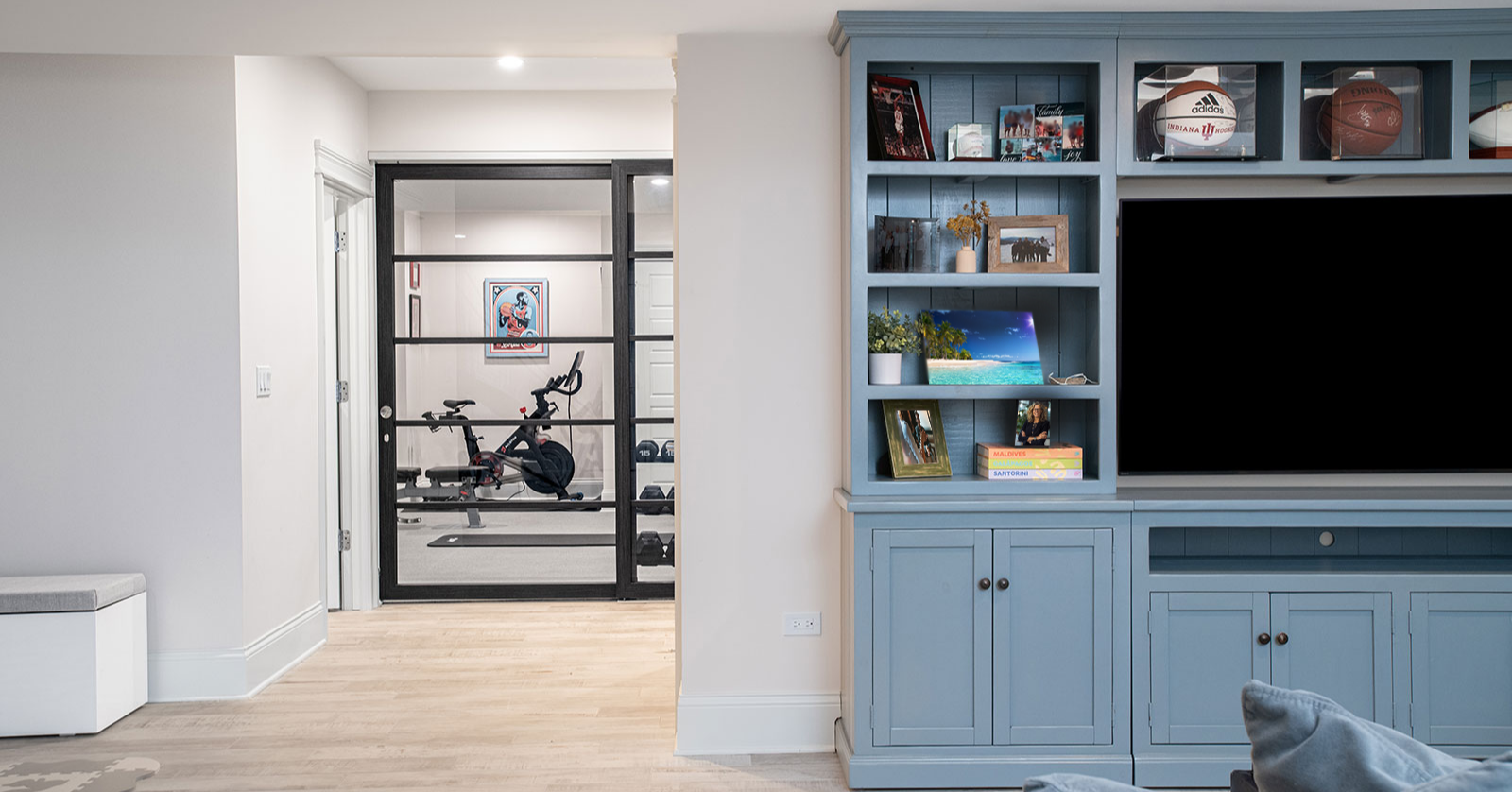The Home Renovation Timeline Maze: Unveiling 9 Common Delays (and How to Avoid Them!)

One of the first questions homeowners ask when beginning a home remodeling project is, "How long will this project take?" But the answer goes beyond a simple number. There's a significant amount of planning and work that goes into successfully making your dream home a reality. By keeping the lines of communication open between you and your design-build partner and being realistic from the start, you can avoid surprises that commonly delay home renovation projects.
This article will discuss nine common factors that can slow things down and show you how to keep the home remodeling process on track.
Setting the Stage for Success: Understanding Realistic Timelines in Home Remodeling
Many homeowners approach remodeling projects with a seasonal mindset, envisioning spring transformations while still in the depths of winter. However, achieving these goals demands proactive planning, or you risk making hasty decisions and rushing through the process.
Depending on the scope and complexity of your project, the decision-making process, contractor interviewing and selection, the design phase, pricing, and permitting can collectively take three months, six months, or even longer before construction even begins.
Although this preparatory phase can seemingly take a significant amount of time, it is crucial to properly lay the groundwork for a smooth execution and stunning final product.
Projects like kitchen, bathroom, and basement renovations, as well as other interior updates, typically have shorter development timelines. Conversely, projects like custom homes, whole home renovations, home additions, or updates to the home's exterior facade require more planning, extended time for acquiring the right permits, and may extend the duration of the project timeline.
Homeowners often don't realize just how much time the pre-construction development phase takes. Therefore, early engagement with a design-build partner is essential to properly align timelines with your desired project start or completion dates. We encourage clients to begin by determining when they hope to complete their home improvement projects and then work backward with their design-build general contractor in the timeframe from there.
Understanding Common Variables That Can Delay Your Home Remodeling Timeline
A fundamental aspect of managing remodeling timelines is addressing common variables that impede progress. Among the top factors that can disrupt the flow of a home renovation project and add extra time include:
1. Not Being Aligned With Your Spouse or Partner
Home renovations can be a whirlwind of exciting possibilities, but without a united front, it can quickly turn into a frustrating delay. Imagine picturing a luxurious primary suite remodel with high-end fixtures while your partner prioritizes functionality with a more budget-friendly approach. This disconnect in vision or budget limits can lead to constant back-and-forth discussions. Deciding on materials, finishes, and overall scope becomes a battleground, halting progress on finalizing plans.
By having open conversations about your budget constraints and your dream aesthetic early on, you can create a realistic plan that works for both of you. This collaborative approach keeps the decision-making process smooth, ensures your renovation stays on track, and, ideally, strengthens your partnership in the process.
2. Phone Tag or Rescheduled Meetings
Let's face it: life gets busy, and sometimes meetings get canceled or rescheduled. This might seem like no big deal, but it's actually a very common reason why project timelines get pushed back.
This is true even when you're picking your general contractor. The longer it takes to pick your design-build partner, the longer your overall timeline stretches. To avoid this, we tell our clients from the beginning that we will leave every meeting with our next meeting scheduled. This keeps everyone on track to meet the necessary deadlines to begin construction.
3. Decision Fatigue
There are many decisions to make during any home makeover process, and picking out the perfect finishes can be challenging. It's easy to get stuck in decision-making land. That's why having an experienced design-build team on your side is a lifesaver. They'll be with you every step of the way, guiding you through every choice and educating you on the pros and cons of every decision. This approach keeps things moving smoothly and helps your project stay on track.

4. Scope Creep
Sometimes, inspiration strikes in the middle of a project, and you might want to make some changes. That's totally fine, but it's important to remember that any changes to the plan will likely extend the timeline.
The design drawings may need to be updated, and the scope of work revised. This might also mean additional meetings to ensure everyone's on the same page. The good news? A great design-build team will handle all this legwork for you, protecting your interests and keeping expectations clear. The downside? It can add time to the timeline.
There might be a wait time for materials or finishes to be purchased and delivered. If significant changes are requested, it might mean work that has already been completed will need to be reworked, causing not only an extended timeline but also additional costs for rework.
That's why finding the right design-build partner upfront and as early as possible who listens to your needs and helps you create a plan that fits your vision and budget is key to staying on track from the start. Discussing all of your goals at the beginning can help ensure your design meets your objective.
Learn how a Master Plan approach helps homeowners plan and prioritize their home renovation projects efficiently, saving time, money, and frustration, "The Ultimate House Renovation Checklist: A Master Plan for a Seamless Home Remodeling Experience."
 5. An Unrealistic Budget
5. An Unrealistic Budget
While it's fun to dream big for your home renovation, staying rigidly attached to your initial wish list, especially if it clashes with your budget, can cause delays. Compromises might be needed to find the perfect balance between your dream design and financial reality. This back-and-forth between wants and needs can lead to revised plans, a stalled project while decisions are being made, and, ultimately, a pushed-back timeline.
Remember, a flexible wishlist paired with open communication with your design-build contractor can keep things moving smoothly.
Read this article to learn how to successfully budget for a home renovation in the Chicago area.

6. Working with a Contractor Unfamiliar with Your Area
Not all contractors know every Chicago suburb's permit requirements! Building codes and permit requirements can vary a lot from town-to-town across the greater Chicagoland area. While this makes each area unique, it can also slow down your project if your contractor isn't familiar with your specific suburb's regulations. It's best to find someone who knows and has experience with your specific local area.
Missing a requirement while applying for a permit or needing changes to the renovation design can lead to significant delays in your home renovation project. In these instances, the contractor must revisit the design phase to address any outstanding issues and resubmit the plans for permit approval. This resubmission process will place your application at the end of the permit queue, potentially extending your project timeline by at least 15 business days. While code requirements are always changing and villages often ask for at least one round of revisions, the more experience your contractor has in the area, the more likely they are to stay ahead of things.
Working with a local design-build company with in-depth knowledge of local regulations streamlines this process significantly. They can ensure your project adheres to all necessary codes from the beginning, saving you time, money, and frustration.
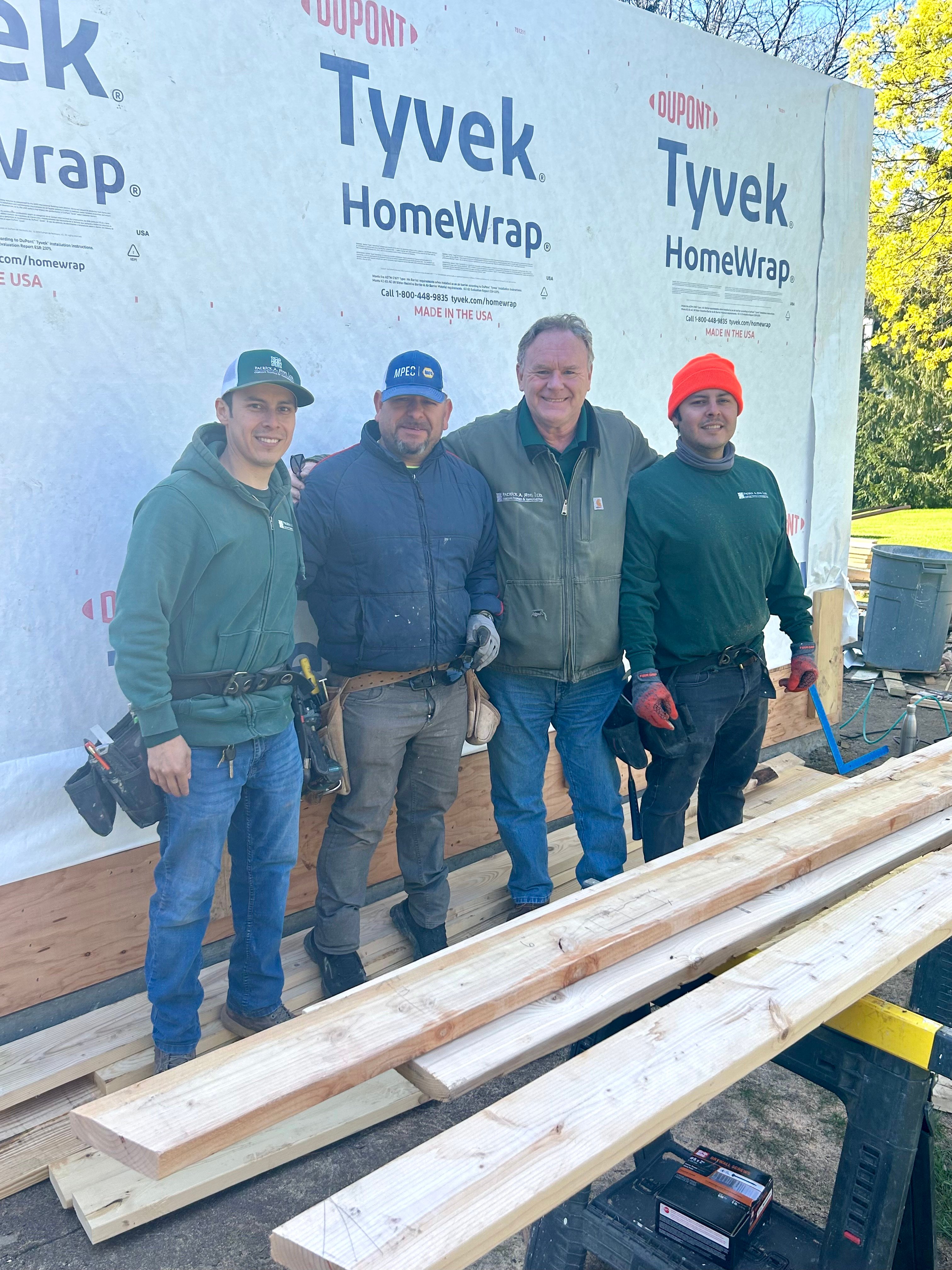
7. Design Commission Delays
Certain towns have design committees to ensure exterior portions of home renovations are cohesive with the neighborhood and the town's overall aesthetic. Common details about the home renovation that must be submitted to these commissions include:
- Design style of the home
- Proposed context elevation: a reference sheet of your proposed elevation next to the surrounding home elevations
- Colors
- Materials
- Size and height of any exterior changes
During this process, the contractor submits the renovation plans and details of exterior materials to a village board known as the design committee. This board will review your proposal and decide if it's cohesive enough with the neighborhood. If they decide it doesn't meet the aesthetic standard, you must go back to the design phase and redesign it based on their requirements.
If you don't want to redesign it based on the design commission's recommendations, you will need to schedule a hearing with the design committee, your neighbors, and anyone in the community (it's an open forum) to present your home renovation proposal and seek approval from this larger group of community members.
This is where working with a reputable design-build contractor with extensive experience is key! A high-quality design-build contractor will accompany the client to present this information to the board. Attending the meeting together increases your likelihood of approval because the board will likely be familiar with the quality and reputation of the design-build firm. The village board and neighbors know that work completed by a high-quality design-build firm will positively impact home values in the neighborhood and overall curb appeal, which encourages them to approve the design.
8. Requiring a Variance
You may have reason to request a deviation from the "letter of the law" when it comes to local ordinances, like a home addition that makes your home exceed the buildable square footage allowance for your lot. A variance requires a compelling reason for your home to be the exception to the rule.
If you apply for a variance, you must schedule a neighborhood hearing to present your house renovation proposal. This group of people has veto power, so they can tell you no at the end. That's all the more reason for you to have a strong design-build team backing you. Different towns have different requirements for variances, but some of the popular ones are:
- Financial Hardship if the work isn't completed
- Uniqueness of Circumstance
- Hardship for the homeowner if the work cannot be completed
Design commissions and variance requests further exemplify the importance of partnering with the right contractor, or better yet, the right design-build firm, well-versed in local regulations, helping you successfully navigate these approval processes.
9. An Undefined Financing Plan
How you plan to finance your remodel can also impact the lead time of the home renovation process. If you are looking for third-party financing in the way of a HELOC, a refinance of an existing property, or a construction loan, there are a few steps that must be completed first. Depending on your loan type, you may need to submit your design package and get your home reappraised with the new home design in mind to qualify for the financing. Many of these loans are based on the future home value once the work is complete. It is crucial to get your finances in order upfront. Talk to your design-build firm to see if they have construction lenders they'd recommend to help you with this process. Working with an experienced financing team can help avoid delays.
When you and your contractor trust each other, it's easier to tackle unexpected bumps in the road together. This open communication keeps things moving forward and helps you make decisions quickly, which is key to staying on schedule.
The Power of a Detailed Design-to-Construction Schedule
A comprehensive design-to-construction schedule serves as a roadmap to define the amount of time required for planning before starting construction, schedule all meetings upfront, and define all expectations between the design-build team and the client from the outset.
Many meetings are involved in planning a successful home renovation project, and to add an additional layer of complexity, these meetings typically involve a minimum of 4 individual schedules (the client plus their spouse/ partner, the contractor or project manager, and the designer).
Anytime you interview a design-build team or general contractor and they leave the meeting with ‘I’ll get back to you,' they have already impacted the total length of the project. After 30+ years in the business, we have learned that using a detailed design-to-construction schedule is the best way to combat the many variables that push timelines back. This is why we stress the importance of leaving every meeting with another scheduled meeting.
Design to construction milestones include:
- Design presentations
- Design revision(s)
- Selection meetings
- Architect finalization
- Submitting to design commission (if necessary)
- Submitting for permit
- Pre-construction meeting
- Start of construction
The significance of a detailed schedule extends beyond project management—it fosters transparency and accountability for both the design-build team and the homeowner. By defining and scheduling every milestone and meeting upfront, homeowners and design-build teams remain informed and engaged throughout the remodeling journey, fostering a collaborative atmosphere conducive to success.
Proactive Preparing, Not Reactive Repairing
Taking on a home remodeling project entails more than just envisioning a dream space—it requires a thorough understanding of the process and a commitment to realistic timelines. By initiating candid discussions with design-build partners upfront, homeowners and contractors together can set clear expectations, prepare for unforeseen issues, and navigate potential challenges effectively. From meticulous planning to proactive scheduling, every aspect of the remodeling journey contributes to its success.
We always tell our clients that construction projects are about partnerships and that partnerships begin with the very first phone call and continue for years after the project is completed.
Turning your dream renovation into reality starts with a smart budget. This guide, "Smart Strategies for Home Renovation Budgeting," will give you key insights into how to get the most value for your money, whether you're revamping a kitchen, bathroom, or entire home.





